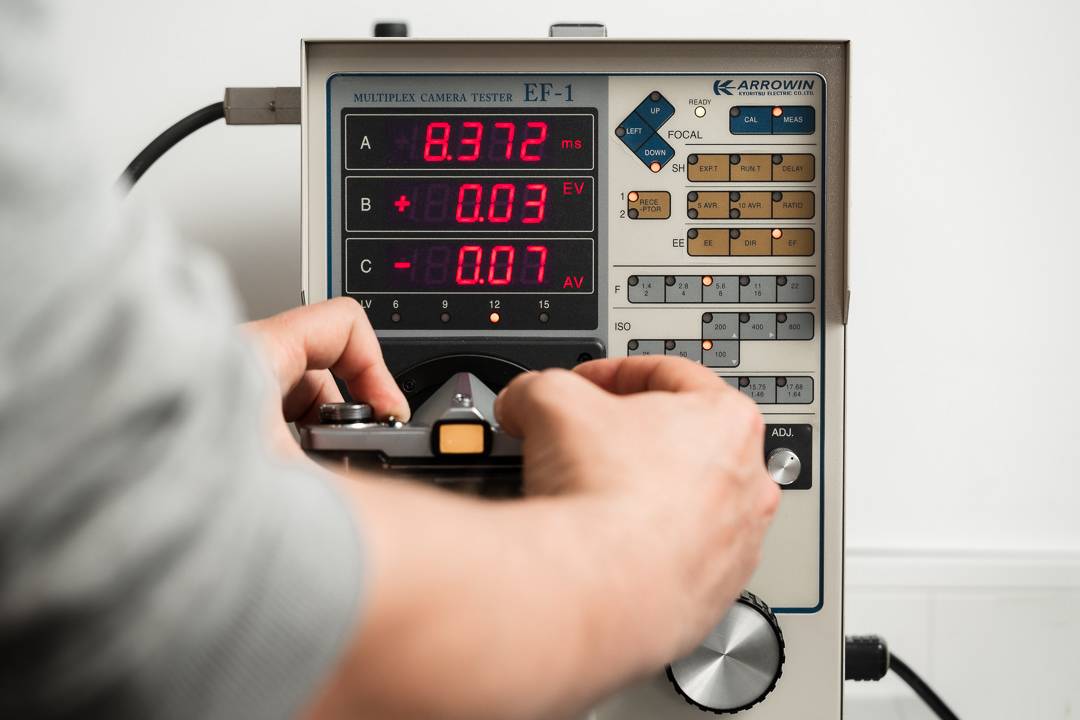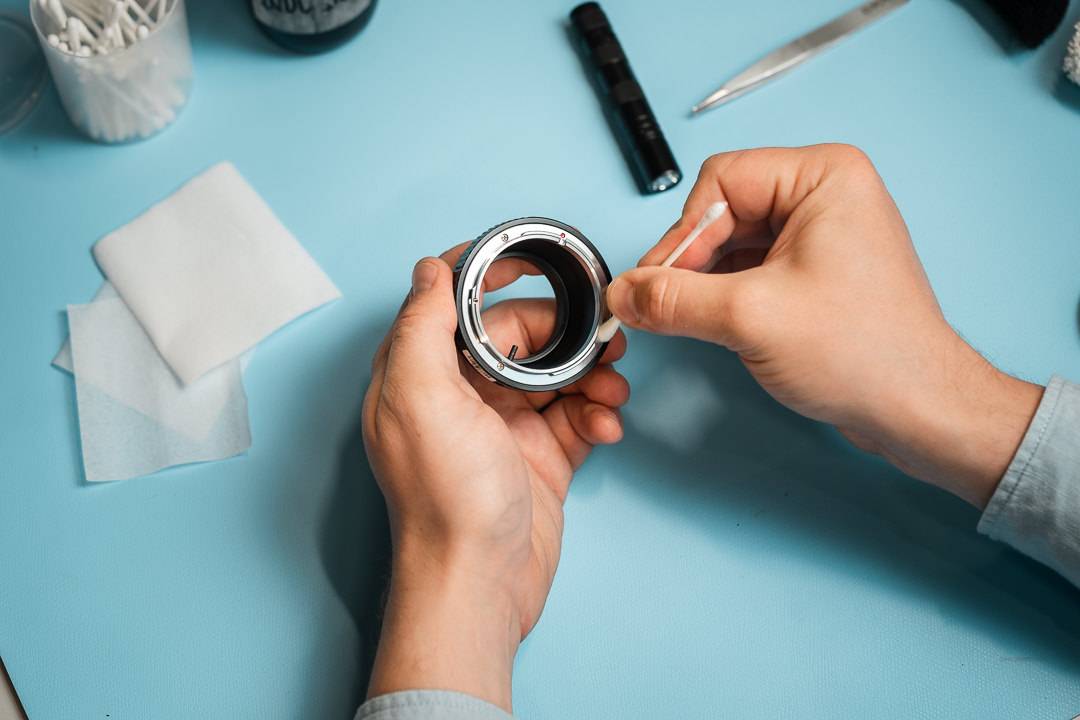What is Camera Scanning

(
477)
Tested & inspected with special tools and machinery. Working correctly after professional repair or service. Any flaws present will be noted and will not affect typical use.

(
4051)
Tested & inspected with special tools and machinery, found to be working correctly (or unused in original packaging). Any flaws present will be noted and will not affect typical use.

(
7890)
Tested & inspected by hand, special machinery not required. Found to be working correctly. Any flaws present will be noted and will not affect typical use.

(
3184
)
Untested or tested, inspected, and found to have flaws that will affect typical use. Recommended for decoration, projects, or use with special considerations.






